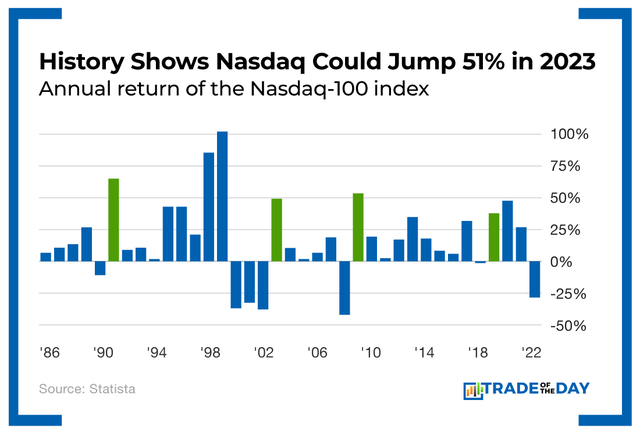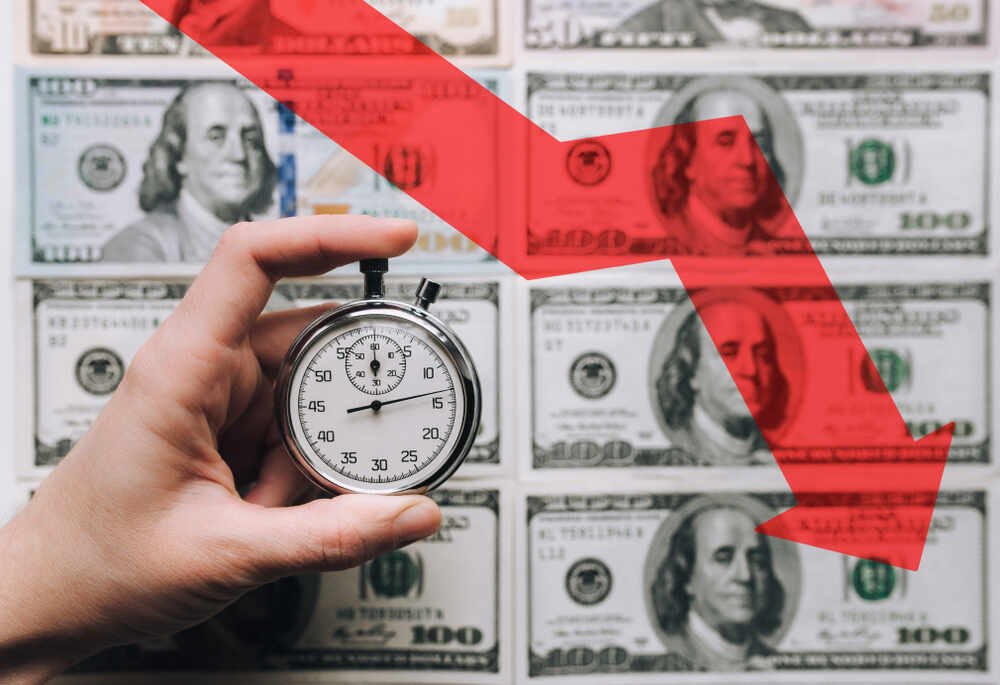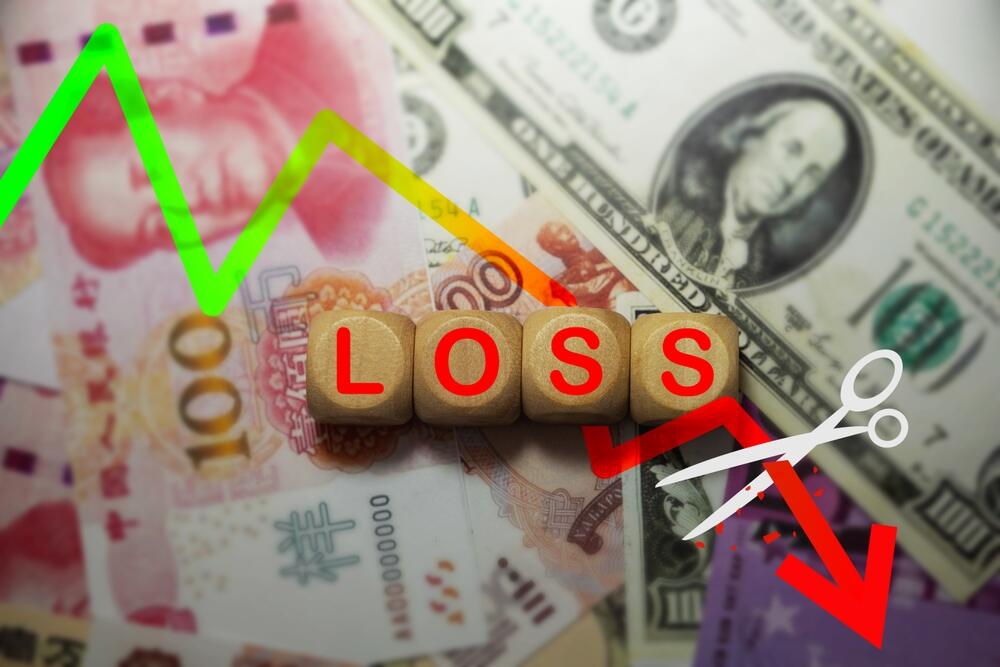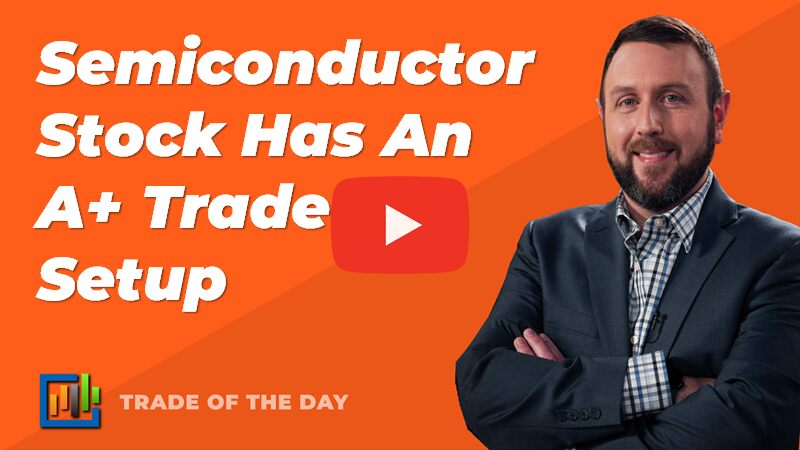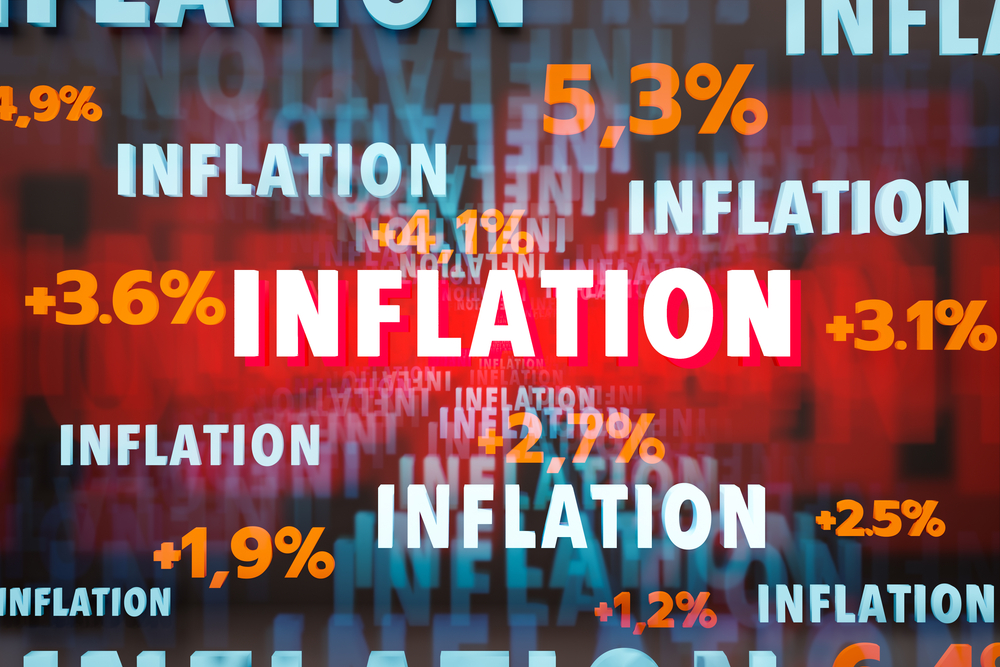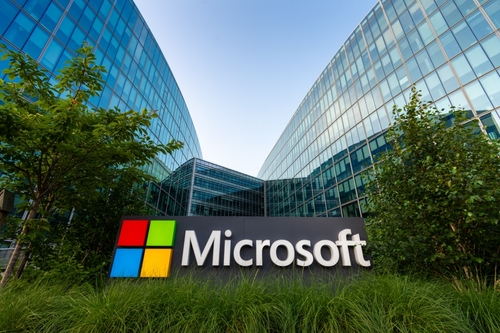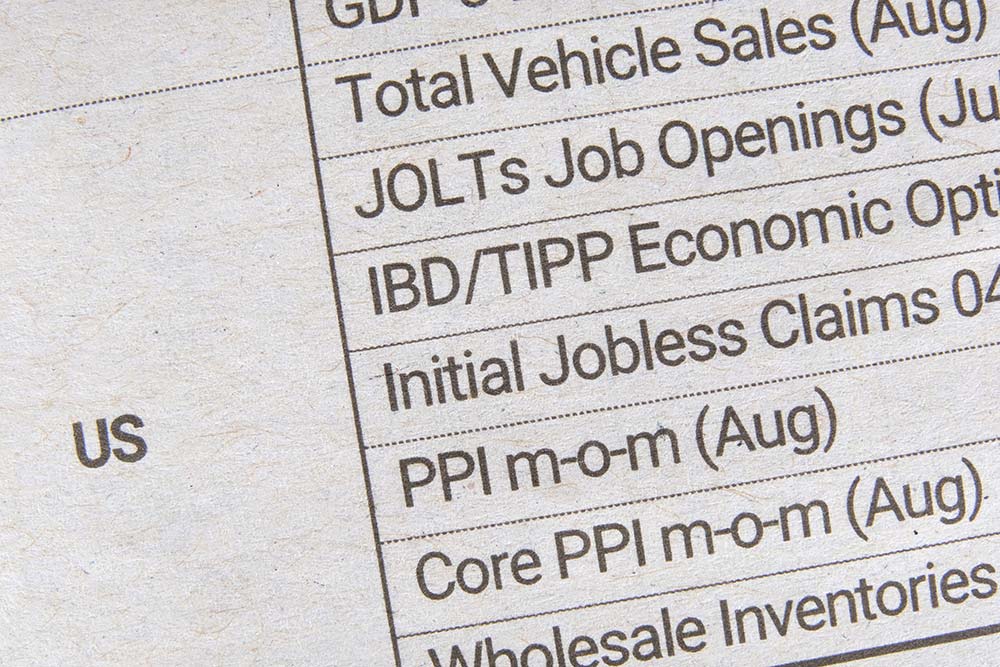Why Traders Ignore the Small Stocks With the Best Potential
Editor’s Note: With 2022 now in the past, we thought it’d be perfect to let you in on a major development for this year.
In today’s guest editorial, our friend Alexander Green, the Chief Investment Strategist of The Oxford Club, lets you know where to find the best-performing stocks in today’s market.
Plus, he’s revealing a stock he’s going “all-in” on in 2023.
You won’t want to miss this.
– Ryan Fitzwater, Associate Publisher
Thanks in part to the coronavirus, more than 500 companies filed for bankruptcy in 2020.
The biggest by far was Hertz (HTZGQ), which sought Chapter 11 protection in May 2020 with $25.8 billion in assets and $24.4 billion in liabilities.
Some companies restructure and survive bankruptcy. Many do not.
The ones that don’t generally go into liquidation. In a liquidation, shareholders don’t receive a dime until bondholders, creditors and other lien holders are paid in full.
In other words, they usually get nada.
So sophisticated short-term traders generally avoid bankrupt companies.
Yet traders flocked to Hertz. From a low of $0.40 on May 26, 2020, they bid it all the way up to $6.25 on June 8 of that same year.
That’s a great return for someone who bought in late May and sold a couple weeks later.
Of course, going to a casino and putting all your money on a number at the roulette wheel can pay a great return too. But I don’t recommend it.
Hertz eventually succumbed to gravity and reality and came back down to earth.
What were those traders thinking? The evidence suggests they were not.
Many low-priced stocks are being manipulated by hordes of inexperienced day traders, most of them millennials and Gen Xers. Stuck at home during the pandemic with no professional sports to bet on, they have turned to the stock market.
Instead of riches, most will receive an education that makes the Ivy League look cheap.
Jaime Rogozinski, founder of WallStreetBets, heads such a group with approximately 1.3 million members. And he has no illusions about their investment prowess.
“They don’t know what they’re doing. And they don’t care that they don’t know what they’re doing,” he says. “To them, there’s no sense in looking at a company’s balance sheet or figuring out how to do a discounted cash-flow analysis. They just regard the volatility as an opportunity for fun.”
Hoo-boy.
The sad part is these traders’ instincts are basically correct. Low-priced stocks do offer the biggest potential returns.
(Although you won’t earn them flipping shares every few hours… or minutes.)
Run your finger down the list of the best-performing stocks each year and you’ll find that the vast majority of them – if not all of them – are microcaps.
Microcaps are small companies with a total market capitalization – calculated by multiplying the stock price by the number of shares outstanding – of well under $1 billion.
I’m not talking about worthless (and easily manipulated) penny stocks, zombie firms or companies struggling through bankruptcy.
I’m talking about real companies – with real products and services and rising sales and earnings – that are early in a high-growth phase.
These have the potential to generate some of the market’s biggest returns. It’s not hard to see why.
They are tiny, so mutual funds and hedge funds can’t buy them. Wall Street doesn’t follow them. And the mainstream media doesn’t report on them.
This information vacuum creates vast opportunities for those willing to do a bit of due diligence.
For instance, let’s go back and look at an example.
Here are the two-year returns through January 2020 for the five top-performing stocks in the S&P 500…
- Fortinet (FTNT): 82%
- MSCI (MSCI): 83%
- Paycom Software (PAYC): 101%
- Chipotle Mexican Grill (CMG): 101%
- Advanced Micro Devices (AMD): 354%.
Not bad. But compare those returns – the best of the best – with the top-performing microcaps over the same period…
- Paysign (PAYS): 1,185%
- Relmada Therapeutics (RLMD): 1,464%
- Emisphere Technologies: 2,544%
- Fastbase (FBSE): 3,483%
- Nocera (NCRA): 7,799%.
Investors everywhere want to earn higher returns. But many are going about it the wrong way.
No, they are not gambling like the testosterone-fueled day traders. They make the opposite mistake. They look exclusively at huge companies that should give decent returns in the weeks and months ahead, but almost certainly will not generate extraordinary returns.
Take Apple (AAPL), for example.
It’s a fine company. I’ve owned shares of it for more than 25 years now. The annual dividend is many times my original investment.
But today it has a market cap of $2.4 trillion. It will not become a $4.8 trillion company anytime soon.
I bought Apple when it was a small company. Now it is the world’s largest.
Personally, I’m much more interested in finding the next Apple than arguing about whether Apple is a “Buy” or “Hold” today.
There are plenty of publicly traded companies out there with the potential to rise severalfold in the months and years ahead.
But they tend to be microcaps, not megacaps.
If you’re not earning the outsize returns you’d like, don’t focus entirely on large firms. And don’t waste a minute on little ones without stellar fundamentals.
Instead, devote a portion of your portfolio to fast-growing small companies with successful products and services – and superb prospects.
If you’re going to cast a line, that’s the pond where you want to fish.
![]()
YOUR ACTION PLAN
Now, for the first time ever, I’m going “all-in” on one investment for 2023.
And this is an investment that I’m personally pouring thousands of dollars into in pursuit of “the next Apple”-like gains…
Go here to discover all the details now.
Good investing,
Alex
FUN FACT FRIDAY
The technology sector is often measured by the Nasdaq-100 stock market index, which is home to 100 of the largest tech companies listed in the U.S. Losing years are rare, but 2022 was one of those years, with the index dropping by 28%. The last back-to-back losing years came from 2000 to 2002 during the dot-com crash. The Nasdaq-100 delivers an average return of 51% in the first positive year following a loss, so if history is any indication, 2023 could be a resurgent year for tech stocks.
More from Trade of the Day
How One Conversation Led to $100,000
Apr 23, 2024
How I Picked the Market Bottom
Apr 23, 2024
Warning: Trade This Notable Sentiment Shift
Apr 22, 2024
Why Next Week Could Be Big (Special Offer Inside)
Apr 19, 2024
